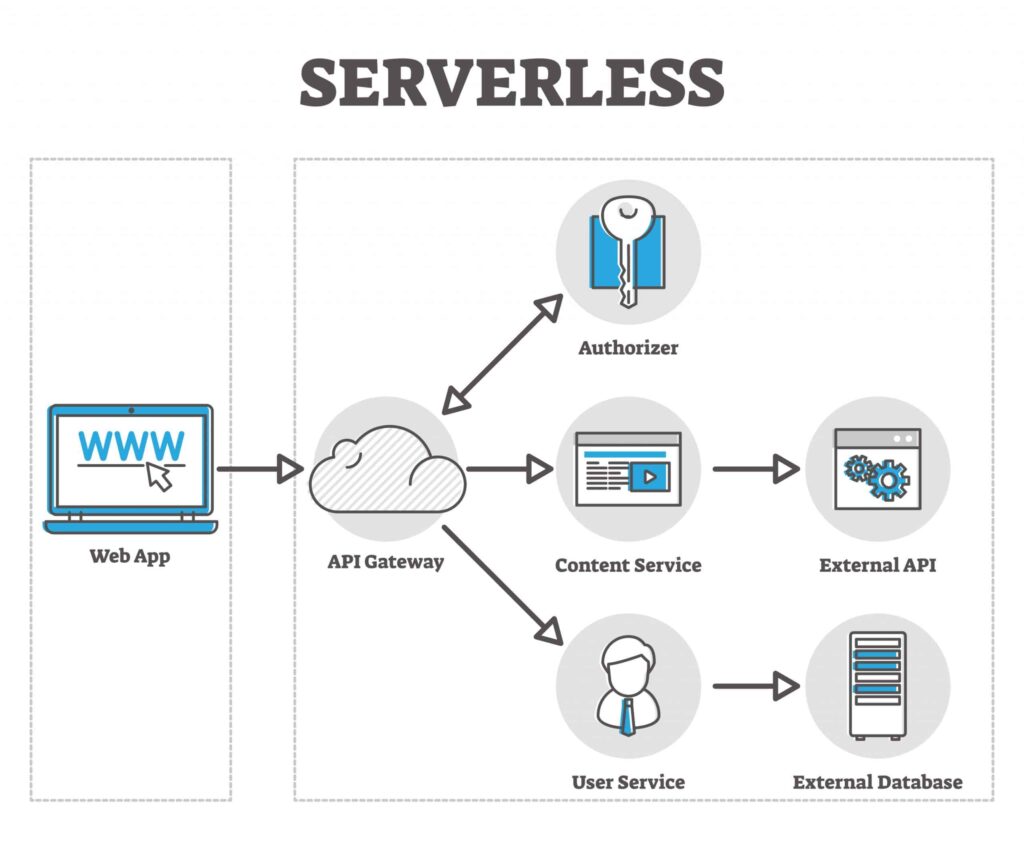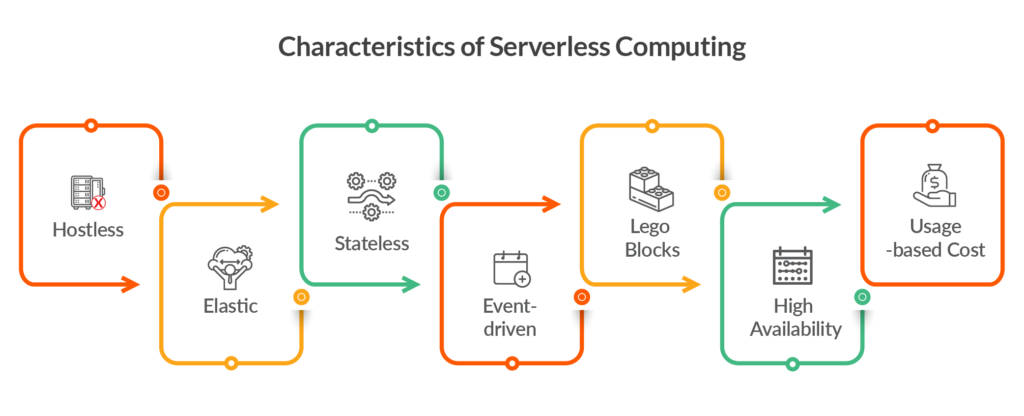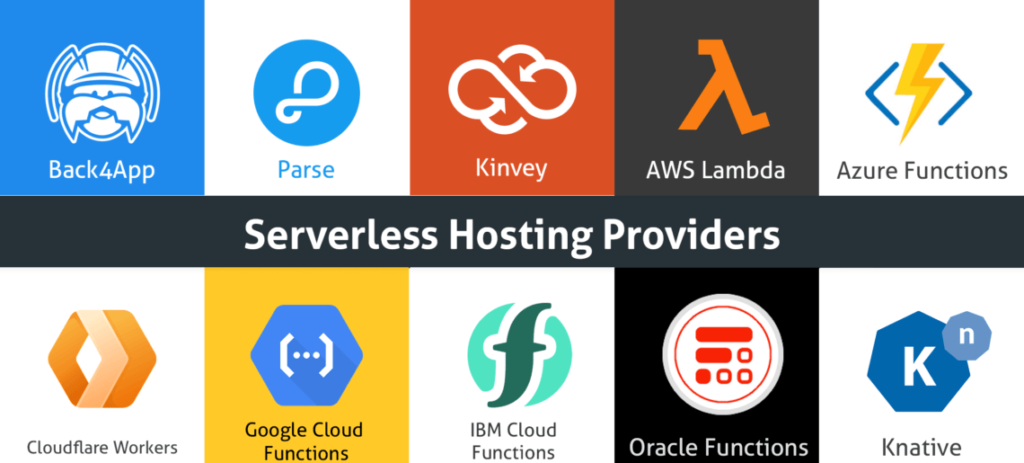The digital landscape is a fluid canvas, constantly being reshaped by emerging technologies and innovative concepts. Among the numerous transformations in the realm of web development, the rise of serverless architecture stands out for its game-changing impact on how we build and deploy web applications. This blog post delves into the world of serverless architecture, highlighting its core principles, benefits, use cases, and future prospects in the rapidly evolving web development arena of 2023.
Understanding Serverless Architecture

The term “serverless” might seem like a misnomer at first, given that servers still play a crucial role. However, the essence of serverless architecture lies not in the absence of servers, but in the abstraction away from them. In serverless computing, developers don’t need to worry about server management or capacity planning; they focus on writing code, while the infrastructure is managed by a third-party service provider.
The primary components of serverless architecture are Backend as a Service (BaaS) and Function as a Service (FaaS). BaaS leverages third-party services to manage the server-side logic and state, while FaaS runs snippets of code (functions) in response to events, scaling up or down automatically based on the demand.
Serverless architecture is event-driven, meaning functions are executed only when triggered by an event, such as a user request. This ensures efficient resource utilization, as you only pay for the compute time you consume, as we discussed in our previous blog post about serverless architecture
The Benefits of Going Serverless

Serverless architecture offers a myriad of benefits. Foremost among them is automatic scaling. Since the service provider manages the servers, your application can scale up or down based on demand, without manual intervention.
Serverless architecture is also cost-effective. Because you pay only for the compute time you consume, you avoid the cost of maintaining idle servers. Plus, since server management is offloaded to the service provider, developers can focus on coding, thereby increasing productivity and accelerating time to market.
Serverless also enhances flexibility. Developers can write functions in any programming language, which encourages polyglot programming. This flexibility allows developers to choose the best language for a specific task, optimizing code efficiency and readability.
Real-World Applications of Serverless Architecture

Serverless architecture finds application in a broad spectrum of domains. For example, many businesses employ serverless for real-time file processing. When a file is uploaded to a cloud storage service, it triggers a function that processes the file immediately.
In the world of IoT, serverless plays a crucial role in data ingestion and transformation. IoT devices generate a plethora of data, which can be ingested and transformed in real-time using serverless functions.
Furthermore, serverless architecture is a perfect fit for chatbots. Since chatbot interactions are event-driven, a serverless function can be triggered each time a user sends a message, processing the message and formulating a response.
Looking Towards the Future: Serverless in 2023 and Beyond

As we navigate through 2023, serverless architecture is anticipated to gain even more traction. Its benefits of scalability, cost-effectiveness, and developer productivity make it a compelling choice for businesses seeking digital transformation.
However, serverless is not a panacea. Like any technology, it comes with its own set of challenges, such as cold starts, monitoring, and debugging. Moreover, while serverless offloads infrastructure management to a third-party provider, it can lead to vendor lock-in, where switching to a different provider becomes challenging and costly.
Despite these challenges, the future of serverless looks promising. With continuous improvements and the development of solutions to address its limitations, serverless architecture is set to redefine web development, pushing us closer to a truly serverless future.
Navigating the waves of digital transformation requires an understanding of emerging technologies like serverless architecture. By embracing serverless, businesses can unlock new levels of efficiency, scalability, and innovation, carving their path to a future where technology fuels growth, rather than constraining it.



